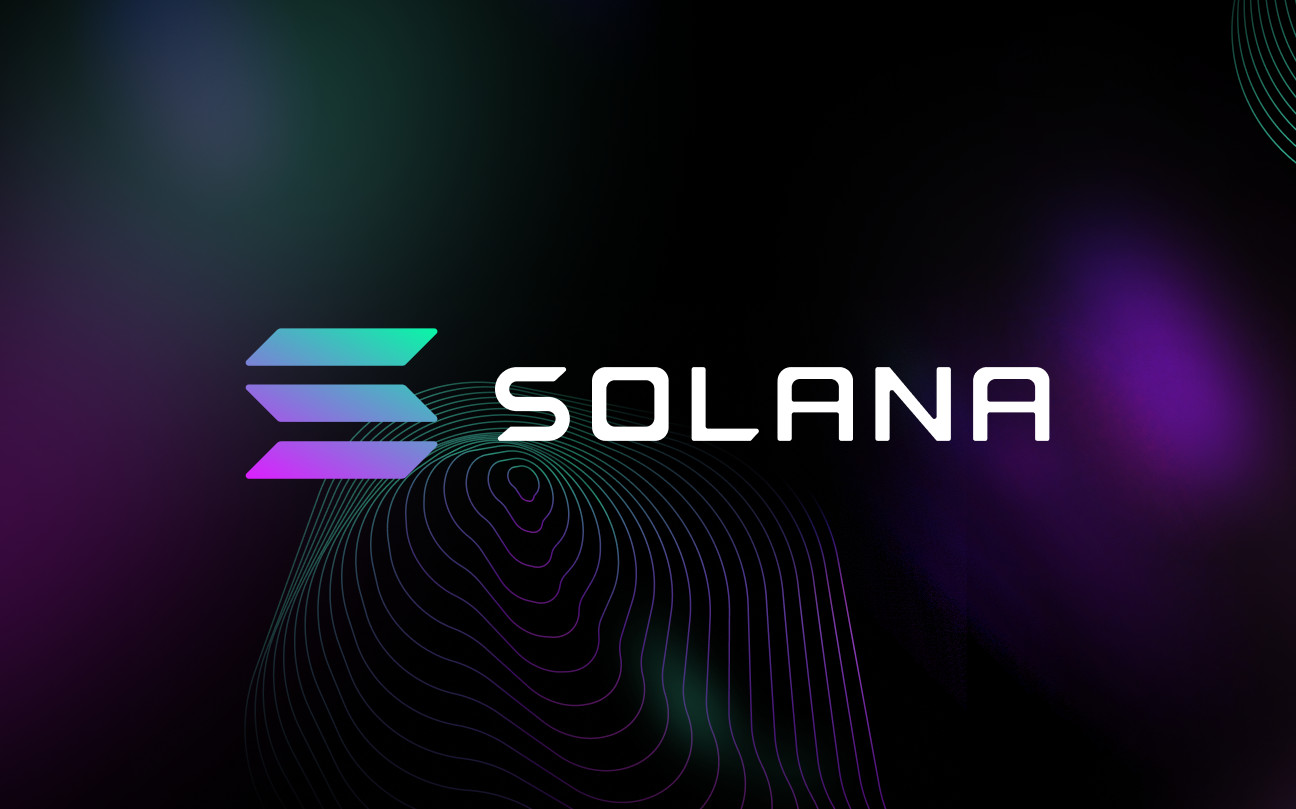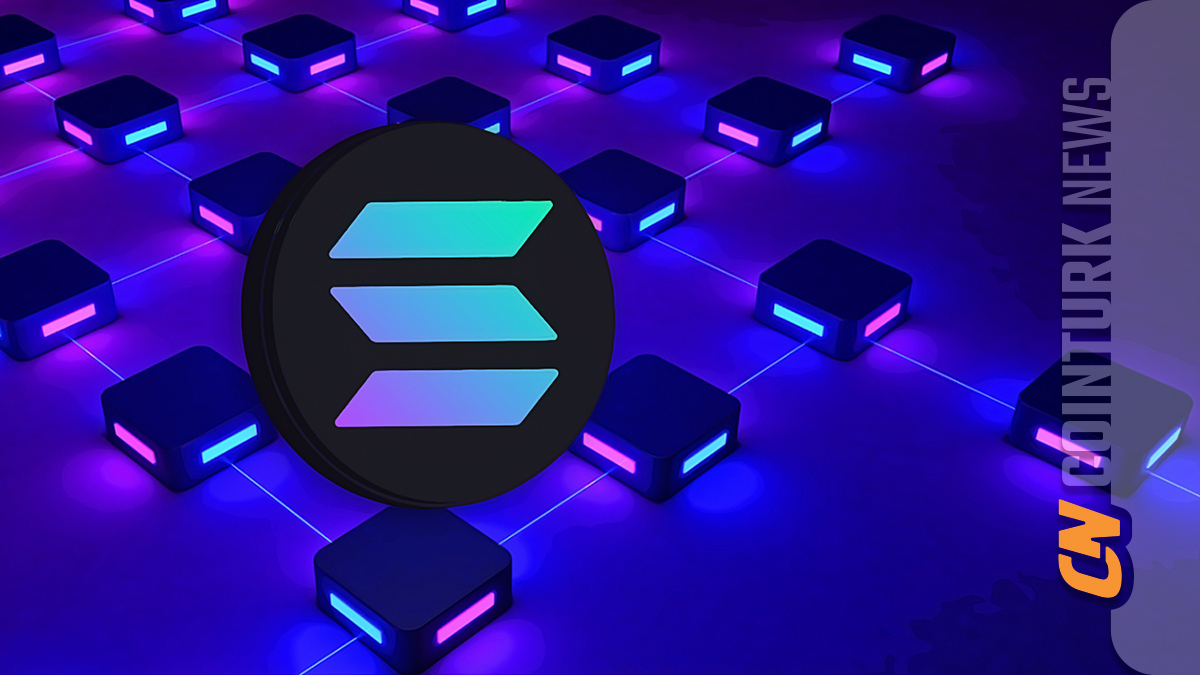In the midst of price declines, Solflare, a Solana wallet, has launched a new feature that enables MetaMask users to manage their Solana portfolios directly from their existing MetaMask wallets.
The Future of Solana
Solana has long been incompatible with MetaMask, meaning crypto enthusiasts had to create a new wallet to store SOL and NFTs published on the network. Solflare believes that the release of the new feature will reduce entry barriers to Solana and encourage Ethereum enthusiasts to give it a try.
Filip Dragoslavic, co-founder of Solflare, said in a press release shared with users: Crypto Traders Are Rushing to This App – Here’s Why You Should Too
“MetaMask is by far the most popular wallet, and the friction of setting up a new wallet has deterred many potential Solana users.
Dragoslavic added that the integration could “change the game” and introduce Solana to the “incredibly vibrant application ecosystem” in Web3, attracting the largest user base in the Web3 space.

This can be considered a significant development as the two networks were based on different infrastructures and contributed to the fragmentation that harmed the blockchain sector. This feature works by using a tool called “Solana Snaps” to connect with Ethereum and other EVM-compatible chains, allowing for the management of all assets from a single location.
At its core, there is an integrated bridge supported by DLN, a product of deBridge that enables the migration of EVM assets to Solana. According to the announcement, the transfer of EVM assets to Solana takes less than a minute after a “simple setup process”.
Christian Montoya, the product lead for MetaMask Snaps, described the new feature as a “significant step towards achieving a smoother user experience”.
Vulnerabilities in the Crypto Sector
After high-profile attacks affecting crypto bridges like Horizon and Ronin resulted in the theft of billions of dollars, bridges emerged as a potential security vulnerability in the crypto ecosystem. Last year, the deBridge project, which forms the basis of the Solflare-MetaMask integration, was targeted in a cyber attack attempt by North Korea’s Lazarus Group.
It is worth noting that according to a statement from a project spokesperson, there has never been an attack on deBridge’s infrastructure, and no critical security vulnerability has been exposed.
“Unlike most cross-chain bridges, deBridge is built to render classic bridge exploits meaningless,” they added, stating that the design of the DLN cross-chain trading infrastructure is based on the 0-TVL principles, ensuring that there are no exploitable weak points.


 Türkçe
Türkçe Español
Español









